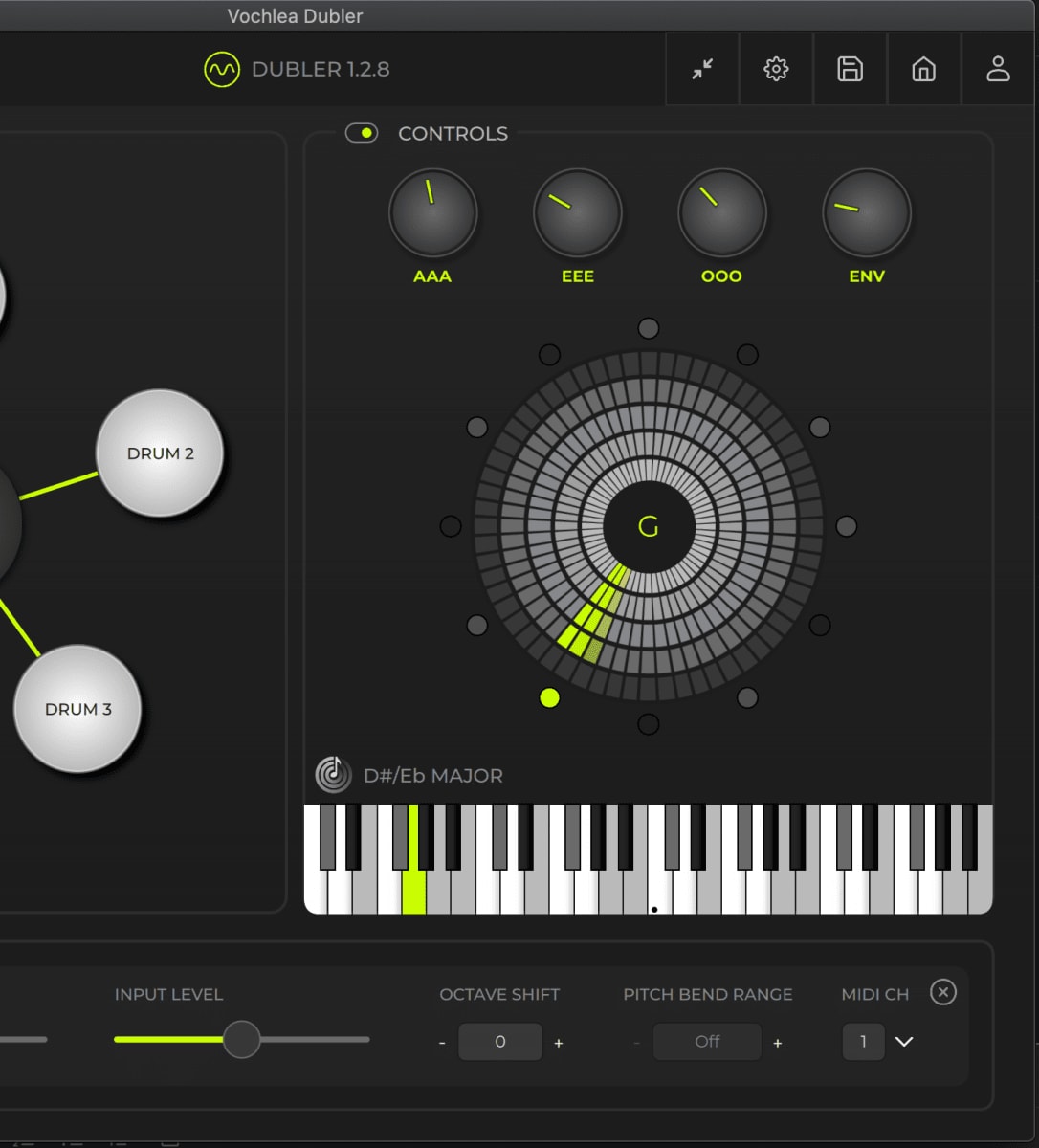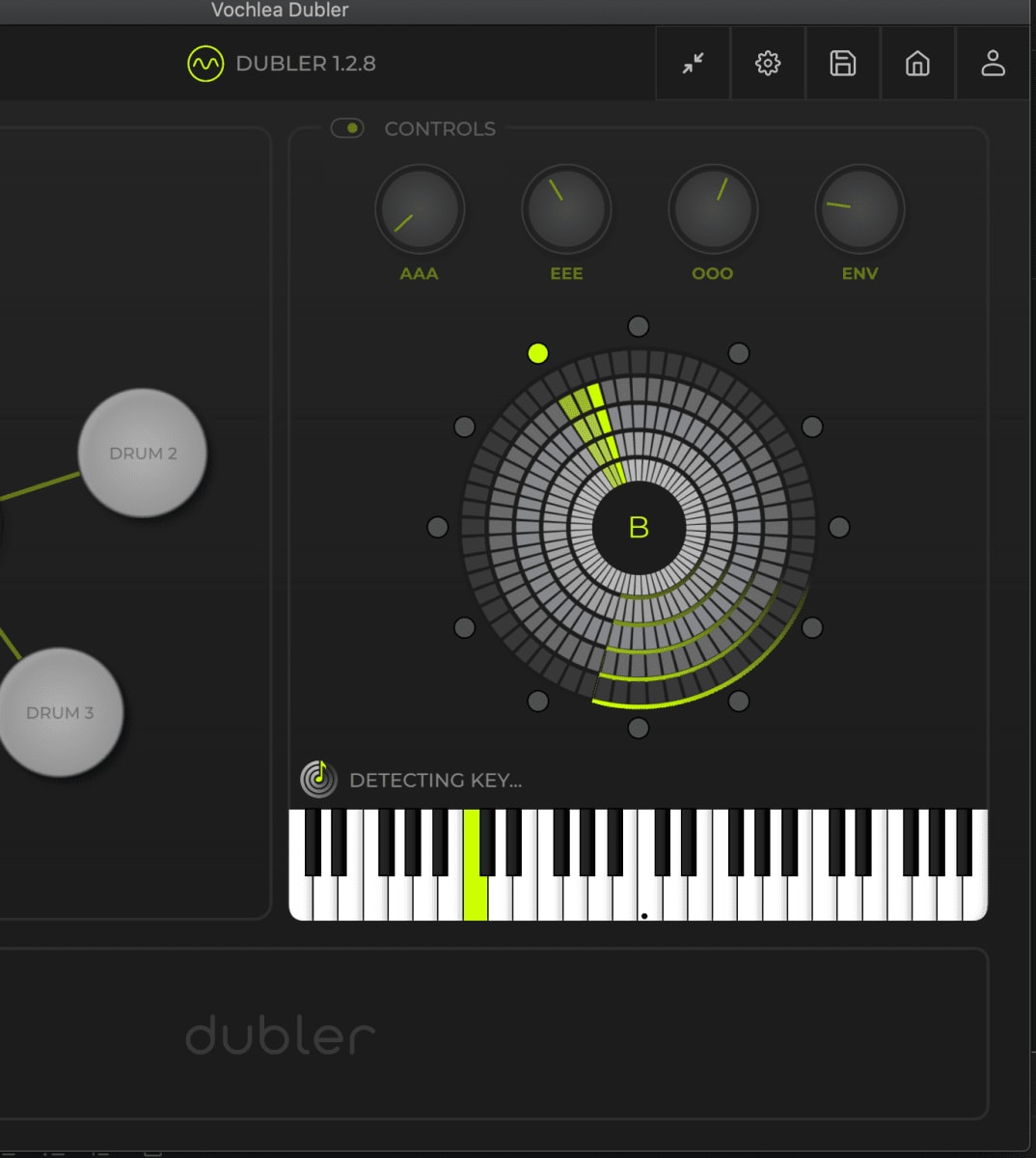Tips For Pitch To MIDI
Buffer Size
Make sure that the buffer size in your DAWs audio settings is around 128 or below to allow for the best possible performance from Dubler.
Note Restriction and Key Lock
To get the best experience when using Pitch to MIDI we highly recommend applying a note restriction in Dubler.
A note restriction will prevent you from playing unwanted notes in the output melody, and can be set to a custom selection of notes or a specific scale. The more you restrict the notes, the fewer ghost notes will appear.
There are several ways to apply a note restriction, including our note collector and suggested key feature. Check out our page on Key Fixing here to find out more.
A note restriction will prevent you from playing unwanted notes in the output melody, and can be set to a custom selection of notes or a specific scale. The more you restrict the notes, the fewer ghost notes will appear.
There are several ways to apply a note restriction, including our note collector and suggested key feature. Check out our page on Key Fixing here to find out more.
Adjusting Pitch Stickiness and Sensitivity
As described in our Pitch help page adjusting the stickiness and sensitivity is the best way to make the pitch wheel more responsive to your voice. Find what settings best fit your singing and musical style.
Confident Sounds
Dubler will struggle to detect more mumbly or low register humming and singing, try making a clear and confident tone that will be easier for Dubler to detect. A mumbled ‘hum’ can have quite different results compared to a clean ‘eee’.
Plugin Settings
Some synths or plugins settings will make the pitch seem less responsive. For example, a synth with a high attack will take a long time from you making a note before you hear it in your DAW, or when you finish singing a note there might be a long release. Try adjusting the attack, decay, sustain and release in the plugin to make it feel more responsive.
MIDI Channels
Make sure that you’re not also accidentally putting in notes from the Triggers side of Dubler. Each drum trigger sends out a MIDI note such as C1 if assigned to a kick, these notes will then also play on other instruments. To prevent this either turn off the triggers side when using pitch, or make sure the channel in your DAW is only receiving information from MIDI channel 1.
Pitch Bend
If you’re trying to capture something quite intricate, or want to achieve a more ‘natural’ sound, you can try applying Pitch Bend. Find out how to set up Pitch Bend correctly on our Pitch and Control Settings page.
Whistling
To ensure good results when whistling melodies be careful not to blow or whistle directly into the microphone. Instead have the Dubler mic a good 5-10 cm below and whistle across the top. You can up the sensitivity in the control settings if necessary.

